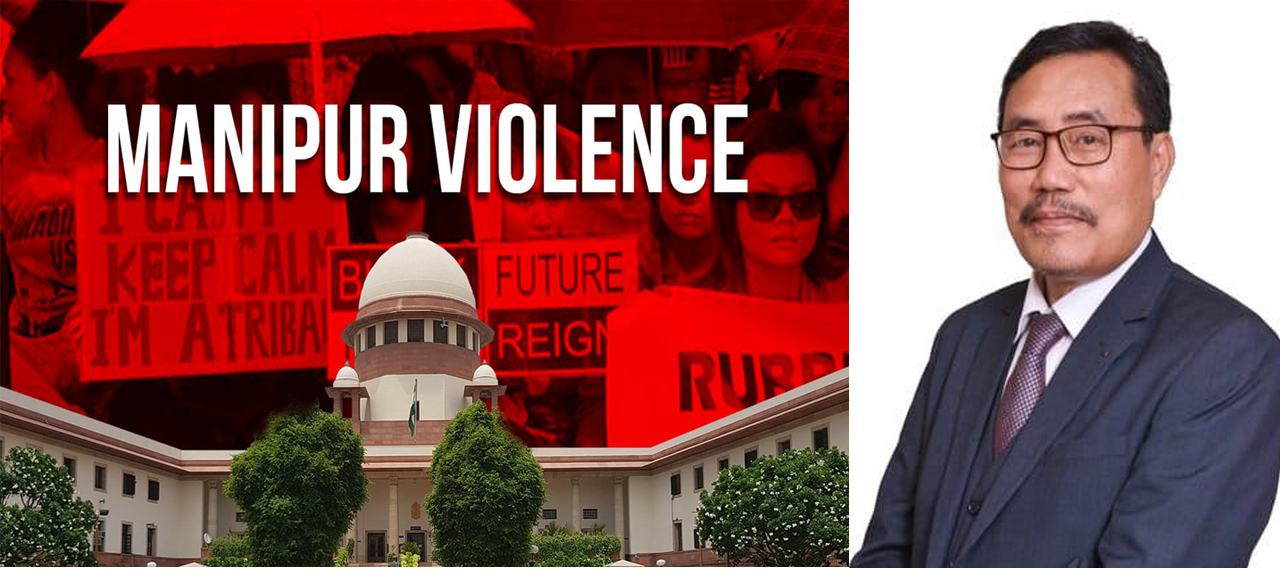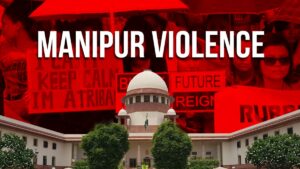Statement made on Twitter by Jagat Thoudam, Politician, Manipur
 KRC Times Tell Tale Teaser Team
KRC Times Tell Tale Teaser Team

Some Facts about #ManipurViolence for pondering by all Indians:
FACT-1: The term “Kuki” was used by the British as a generic name for various related tribes. After being driven out of the Lushai Hills, these tribes found refuge in Manipur, where they were granted shelter by the Maharaja of Manipur in the mid-19th Century. The Paites and other related ethnic tribes, migrated to Manipur from Myanmar in the late 19th Century and settled in Manipur with the permission of the Maharaja of Manipur.
FACT-2: The migration of Kuki as well as Zomi groups continued illegally after independence and especially the controversial merger of Manipur to India in 1949. The 1967 episode of 500 families of Kuki refugees from Burma settled in Manipur is an example. This happened after the signing of the Indo-Burma Boundary Agreement on March 10, 1967.
FACT-3: According to the first Census of Manipur in 1881, the tribal population was composed of 70.24% Naga groups, 9.59% Old Kuki groups, and 20.17% New Kuki groups. Based on the 2011 Census, Naga groups constitute approximately 51.14%, Old Kuki groups 6.4%, and New Kuki groups 37.73% of the total tribal population. According to the 1881 census, the Meitei population was 59.26% of the total population. This percentage decreased to an estimated 44.90% based on the 2011 census.

FACT-4: The rise in poppy cultivation, drug smuggling, and the establishment of new settlements in Kuki dominated areas can be linked to the informal signing of the Suspension of Operation (SoO) with Kuki armed groups in 2005 and its formalization in 2008 by the Government of India.
FACT-5: The first significant aggression against the Meiteis by the Kukis, particularly illegal immigrants, occurred on August 18, 2015. During a peaceful rally advocating for the implementation of ILP in Manipur, held in the border town of Moreh, Kuki mobs attacked the participants. They vandalized shops, hotels, and other businesses owned by Meiteis, looting approximately 50 establishments.
FACT-6: The subsequent instance of aggression was the rebranding of the Kuki rebellion of 1917-1919, originally a protest against forced conscription into the Indian Labour Corps (ILC) for World War I during its centenary celebration in 2019. It was renamed the Anglo-Kuki War, accompanied by audacious claims that over 60% of Manipur constituted Kuki ancestral land.
This was marked by the erection of memorial stones in numerous Kuki villages. This infamous rebellion, during which many Naga villages were decimated and hundreds of villagers massacred without a single British soldier being killed, has been glorified as a war against colonial British rule, to legitimize the claim of Kukiland in Manipur.
FACT-7: The most egregious act of aggression targeted the religious sentiments of the Meiteis and other indigenous populations. Sacred pilgrimage sites such as Koubru, Thangjing, and other religious places were claimed as Kuki ancestral land. This extended to the point of requiring permission from village chiefs for pilgrimage, deeply offending the spiritual and cultural beliefs of the Meitei and other native communities.
All these aggressions culminated in arson of Meitei houses, properties and the temples by armed Kuki Militants & their supporters ensuring the ethnic cleansing of Meiteis from Kuki-dominated areas on May 3, 2023. During this atrocity, the Central and State Forces instead of protecting the Meitei villagers transported them, rendering the Meiteis refugees in their own state.
Manipur state, which the Meiteis had played a pivotal role in its formation through efforts spanning over more than two thousand years, now witnessed the tragic displacement of its own people.
Which community can remain silent in the face of such aggression?
~ Jagat Thoudam, Politician, Manipur.



